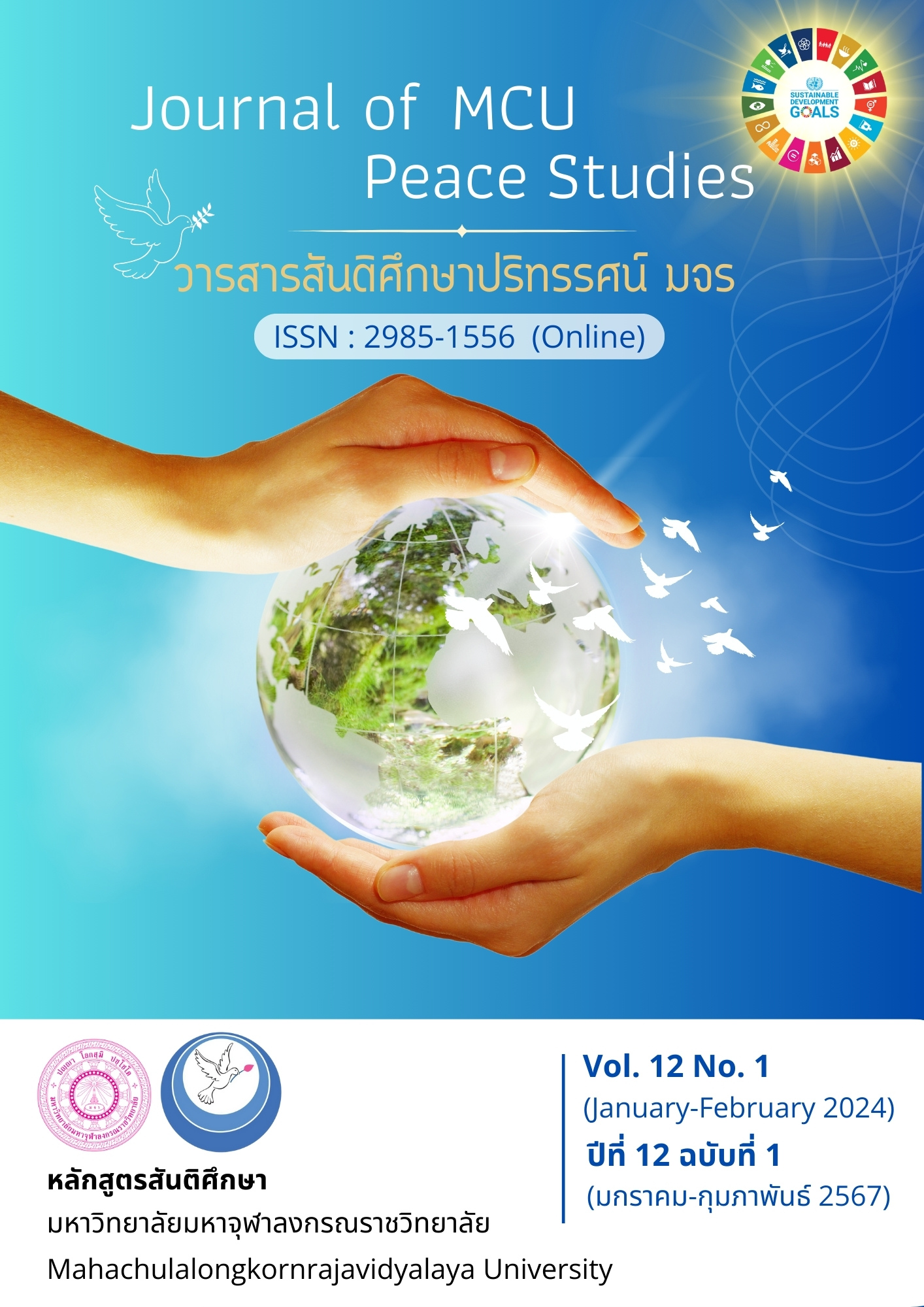บัตรสวัสดิการแห่งรัฐ: มุมมองจากเส้นงบประมาณทางเศรษฐศาสตร์
Main Article Content
บทคัดย่อ
บทความนี้มีวัตถุประสงค์เพื่อแสดงมุมมองเกี่ยวกับโครงการบัตรสวัสดิการแห่งรัฐผ่านการวิเคราะห์ด้วยเส้นงบประมาณในทางเศรษฐศาสตร์ ซึ่งเงื่อนไขการใช้จ่ายวงเงินซื้อสินค้าผ่านบัตรโดยไม่สามารถถอนออกมาเป็นเงินสดได้ทำให้เส้นงบประมาณมีลักษณะแตกต่างไปจากปกติ เมื่อพิจารณาในความเป็นจริงที่การตั้งราคามีความแตกต่างกันระหว่างร้านค้า (เปรียบเทียบร้านค้าสวัสดิการแห่งรัฐกับร้านค้าทั่วไปอื่นๆ) และการที่ผู้บริโภคอาจเก็บออมโดยการเปลี่ยนสิทธิที่ได้รับเป็นเงินออม ส่งผลกระทบให้เกิดการเปลี่ยนแปลงของเส้นงบประมาณและอำนาจซื้อของผู้บริโภคในลักษณะที่แตกต่างกันออกไป แต่อย่างไรก็ตาม ผลได้ทางด้านรายได้ยังคงทำให้ผู้บริโภคมีสวัสดิการที่ดีขึ้นกว่ากรณีที่ไม่มีโครงการบัตรสวัสดิการแห่งรัฐ พร้อมกันนี้เพื่อป้องกันไม่ให้ร้านค้าฉวยโอกาสในการขึ้นราคาสินค้าซึ่งเป็นการเอารัดเอาเปรียบผู้บริโภคและทำให้ประสิทธิผลของการดำเนินโครงการลดลง หน่วยงานภาครัฐที่เกี่ยวข้องอาจอำนวยความสะดวกโดยการจัดทำรายการข้อมูลสินค้าและราคาสินค้าอุปโภคบริโภคแบบเข้าใจง่ายเพื่อประชาสัมพันธ์ไปยังกลุ่มผู้บริโภค และขอความร่วมมือให้ร้านค้าที่เข้าร่วมโครงการติดป้ายแสดงราคา รวมถึงการมอบหมายเจ้าหน้าที่หรืออาสาสมัครในพื้นที่แต่ละชุมชนให้ช่วยกันตรวจตรา
Article Details

อนุญาตภายใต้เงื่อนไข Creative Commons Attribution-NonCommercial-NoDerivatives 4.0 International License.
ทัศนะและความคิดเห็นที่ปรากฏในบทความในวารสาร ถือเป็นความรับผิดชอบของผู้เขียนบทความนั้น และไม่ถือเป็นทัศนะและความรับผิดชอบของกองบรรณาธิการ ยินยอมว่าบทความเป็นลิขสิทธิ์ของวารสาร
เอกสารอ้างอิง
Amnuaykanchanasin, A. (2019). How is Purchasing Power in the Agricultural Sector Related to Industrial Production? Retrieved May 9, 2023, from https://www.oie.go.th/assets/portals/1/fileups/2/files/ArticlesAnalysis/agriculturalincome_with_mpi.pdf
CH7HD News. (2023). Statistics for 5 Years, the Number of Thong Fah Shops has Increased by More than 50%. Retrieved May 4, 2023, from https://www.youtube.com/watch?v=5ApEOX0SSjs
Durongkaveroj, W. (2022). The Causal Impact of the State Welfare Card on Monetary Poverty. Applied Economics Journal, 29(2), 1-15.
King, D. (2016). Fiscal Tiers (Routledge Revivals). The Economics of Multi-level Government. Routledge.
National News Bureau of Thailand. (2022). The Government Warns Blue Flag Shops Not to Take Advantage of Consumers from the State Welfare Card Program. Retrieved July 20, 2023, from https://thainews.prd.go.th/th/news/detail/TCATG220906093621531
Nongkhoo, A. (2013). Factors Influencing Expenditure of Populations in Bangkok Territory. Retrieved May 9, 2023, from http://dspace.spu.ac.th/bitstream/123456789/4399/1/%28บทความวิจัย%29KM_Consumption.pdf
Phonginwong, R. et al. (2020). Factors Affecting the Increasing Rattail’s Sales Thailand 4.0 Era: A Case Study of Thong Fah Pracharat Shops Providing Thong Fah Welfare Smartcard in Buriram Province. Humanities and Social Sciences Journal, Ubon Ratchathani Rajabhat University, 11(2), 213-227.
Preedasak, P. (2006). Economics Dictionary. Bangkok: Thammasat University Press.
Royal Thai Government. (2023A). Start Using State Welfare Rights for Those Who have Successfully Verified. Retrieved May 5, 2023, from https://www.thaigov.go.th/news/contents/details/66651
Royal Thai Government. (2023B). The Comptroller General's Department Clarified What the State Welfare Card Paid for. Retrieved May 5, 2023, from https://www.thaigov.go.th/news/contents/details/64484
SCB Economic Intelligence Center. (2021). Will the Increased Savings During the COVID-19 Crisis Be Spent More? Retrieved May 5, 2023, from https://www.scbeic.com/th/detail/product/7711
The Comptroller General’s Department. (2017). Public Welfare Information. Retrieved May 5, 2023, from https://www.cgd.go.th/cs/Satellite?blobcol=urldata&blobkey=id&blobtable=MungoBlobs&blobwhere=1438169292243&ssbinary=true
Wongsa, P. (2004). An Analysis of Household Consumption in Lampang Province Before and After the Economic Crisis. Retrieved May 9, 2023, from http://cmuir.cmu.ac.th/handle/6653943832/10625


